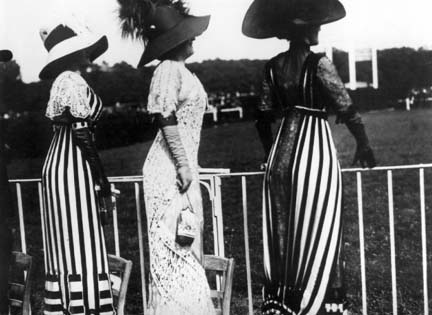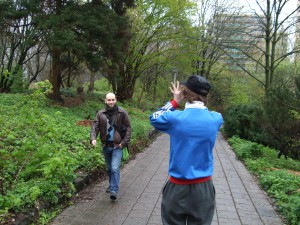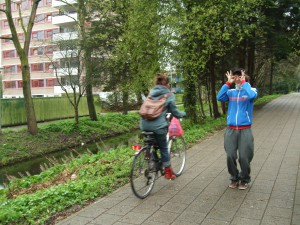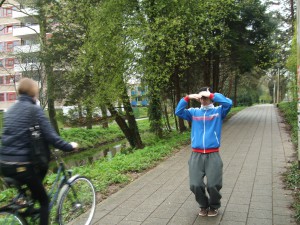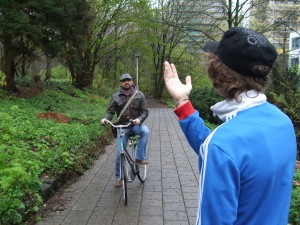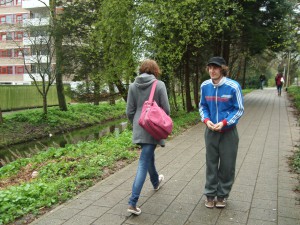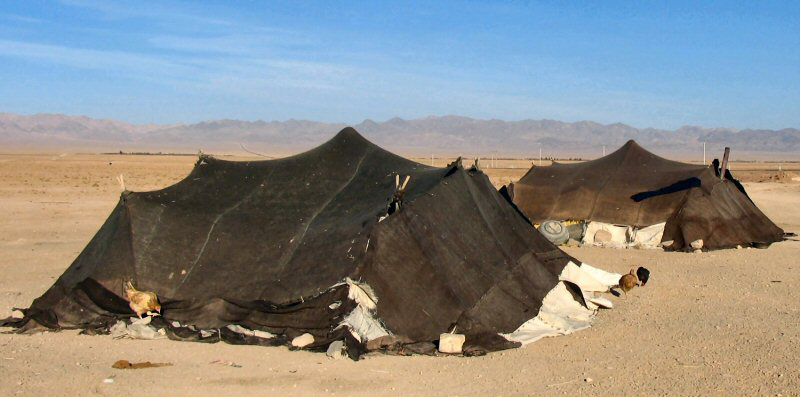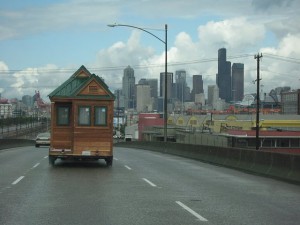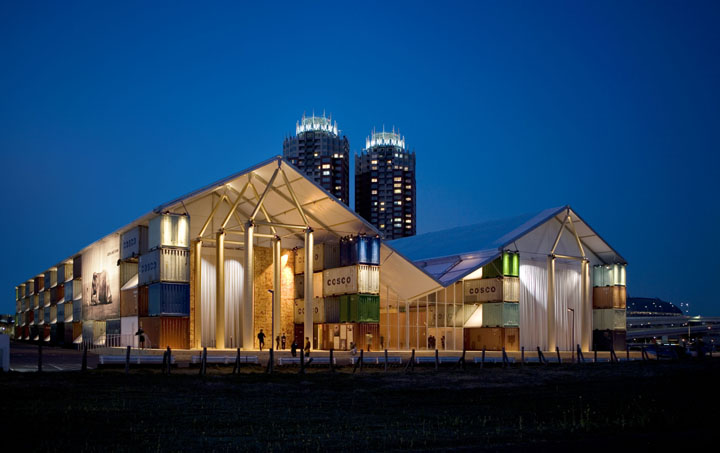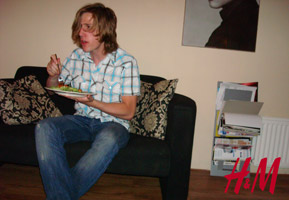If you start a research without the desire to find anything does the result have any meaning? I think the purpose of this last research was to assemble all the pieces. Find a sense to this sometimes automatic, sometimes random, book hunting. When you are finally looking for the meaning behind your actions, I deeply think you actually limit yourself. Think about looking for the ultimate solution to all your trouble is probably one of the most stressing action. This time I walk around this books with actually no desire to find anything. Your eyes go around with this emotionless sensation toward the object you are looking at. Of course this is an assignment so I tried to respect the rules. Look for the words my other research led me too. I knew before entering this will be pointless.
Them let the meaning behind and let’s act past forward. The art section is now open to me. The first choice I ever did during this assignment is them accessible. And there is actually nothing that I can find today, which match more word in my head. This a book about Jacques-Henri Lartigues. This is a name I for long hear, but I could not related any image to it. And if during the past assignment the purpose was to describe our research, as a results it is here in the content that the sense appear. Why this book sounded interesting to me in the first place is quiet easy to understand. The name remind me of something. The tittle is french as well and probably could be link to some nostalgia i felt them. But if all the element are quiet random and actually boring the content offer an ultimate and unexpected resolution to the research.
Jacques-Henri Lartigues, have been an amateur photograph during all his life. From the age of 8 when his father offer the young boy, his first camera. The desire of taking image never left Lartigue. It is though only as a painter that he was well know during most of his life. The picture stayed a passion. An habits practice and repeat as an amateur. The meaning was kept by himself only.
The black and white image reveal a pure and simple beauty. Because at any moment this poet had no idea of the work he was making. It is as a “Flaneur” that he keep wonder around taking image after image out of the reality. There is nothing else to say from here, my choice might not been issue from the word it should have been, but the results couldn’t be more relevant.
But why to my eyes this is the case is not to explain. I discover trough a random research across words and envy, something I’m really glad to have in my hands. A piece of a life I never knew of. A unique expression of poetry as my eyes can read it.
Rietveld Library cat.nr: 761* lar 2
